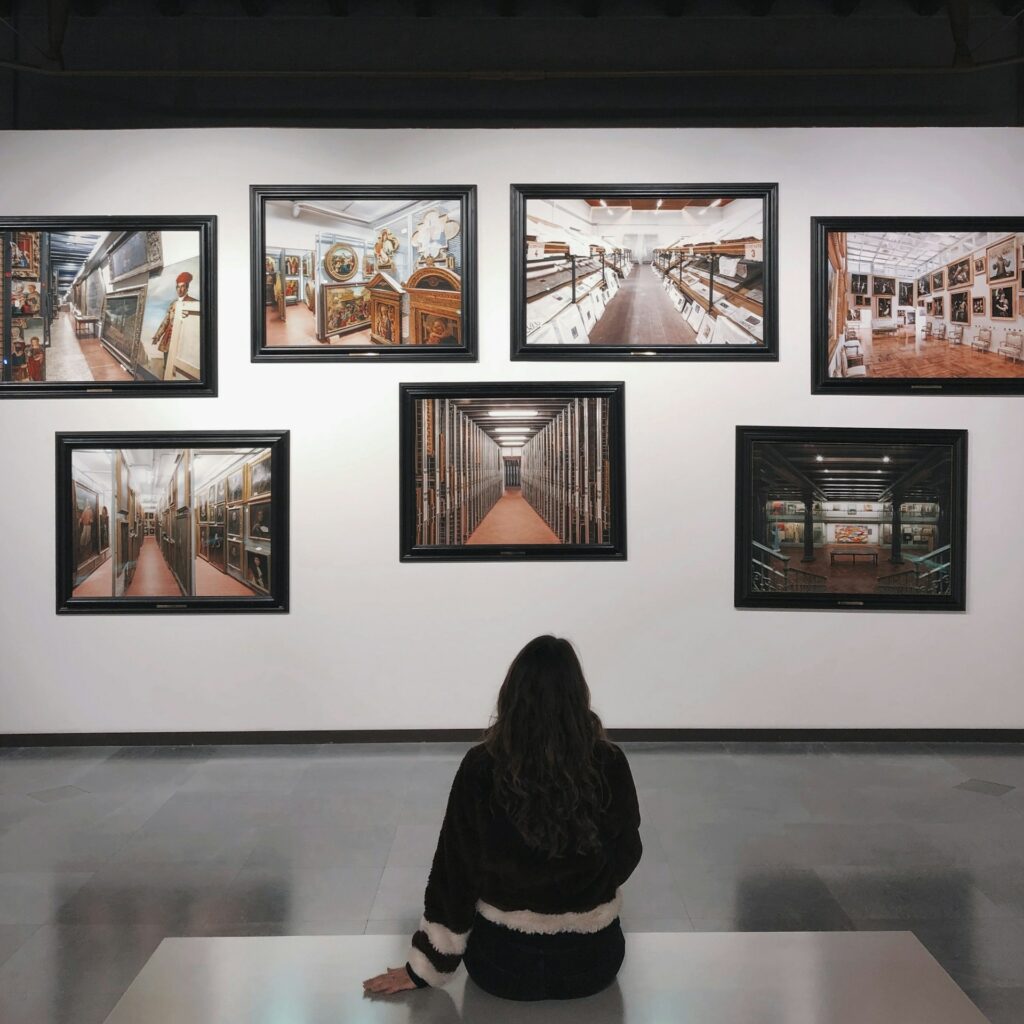The Art of Interpretation
Art is a universal language that transcends borders and barriers, speaking to the human experience in ways words cannot. But like any language, art requires interpretation—a skill that allows us to decipher its meaning and significance. Whether it’s a Renaissance masterpiece or a contemporary installation, every work of art tells a story, and it’s up to us to listen.

Interpreting art begins with observation. By closely examining the elements of a piece—its composition, color palette, and symbolism—we can begin to unravel its mysteries. Each detail offers clues to the artist’s intentions and message, inviting us to dig deeper and explore the layers of meaning hidden beneath the surface.
But interpretation is not a passive act; it requires active engagement and critical thinking. Just as a detective pieces together clues to solve a mystery, we must analyze and interpret the evidence before us, drawing connections and forming hypotheses about the meaning of the art. This process may involve research, historical context, and dialogue with others who share our interest in the work.
Furthermore, interpretation is subjective. What one person sees as a joyful celebration of life, another may interpret as a poignant meditation on loss or longing. Our individual experiences, beliefs, and biases shape the way we perceive art, leading to a multitude of interpretations that enrich and expand our understanding of the work.
Moreover, interpretation is an ongoing dialogue between the artist, the viewer, and the wider cultural context in which the art exists. Just as a piece of music can take on new meaning in different cultural contexts or historical periods, art is fluid and adaptable, capable of resonating with audiences across time and space.
In essence, the art of interpretation is about embracing the ambiguity and complexity of the human experience. By engaging with art in a thoughtful and inquisitive way, we can uncover its hidden depths and discover new insights into ourselves and the world around us.